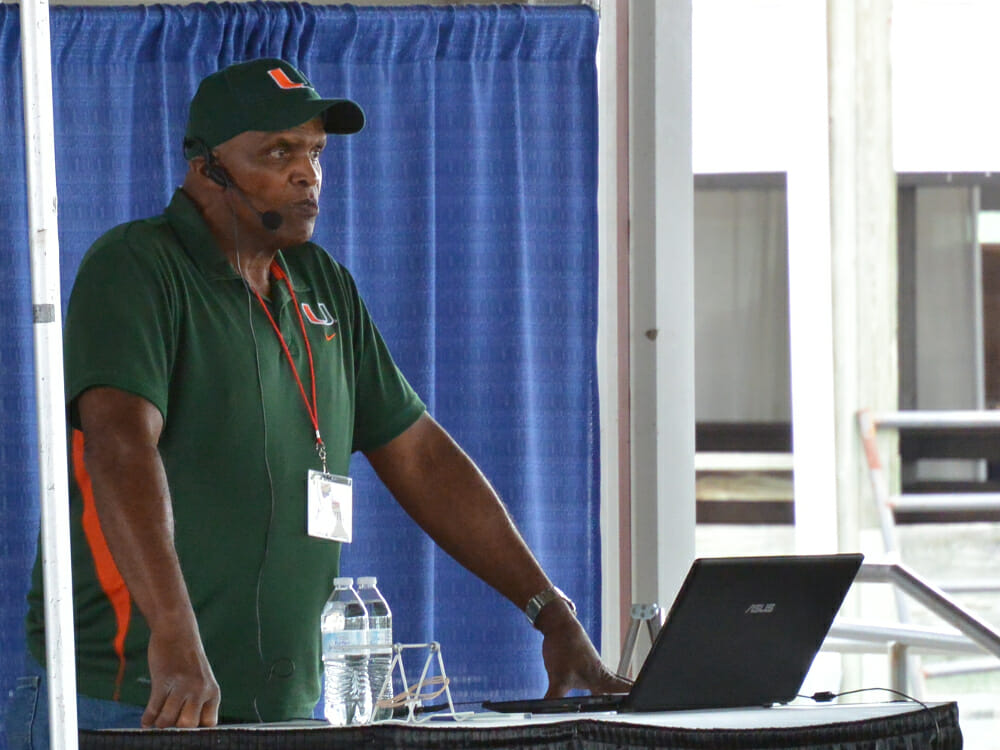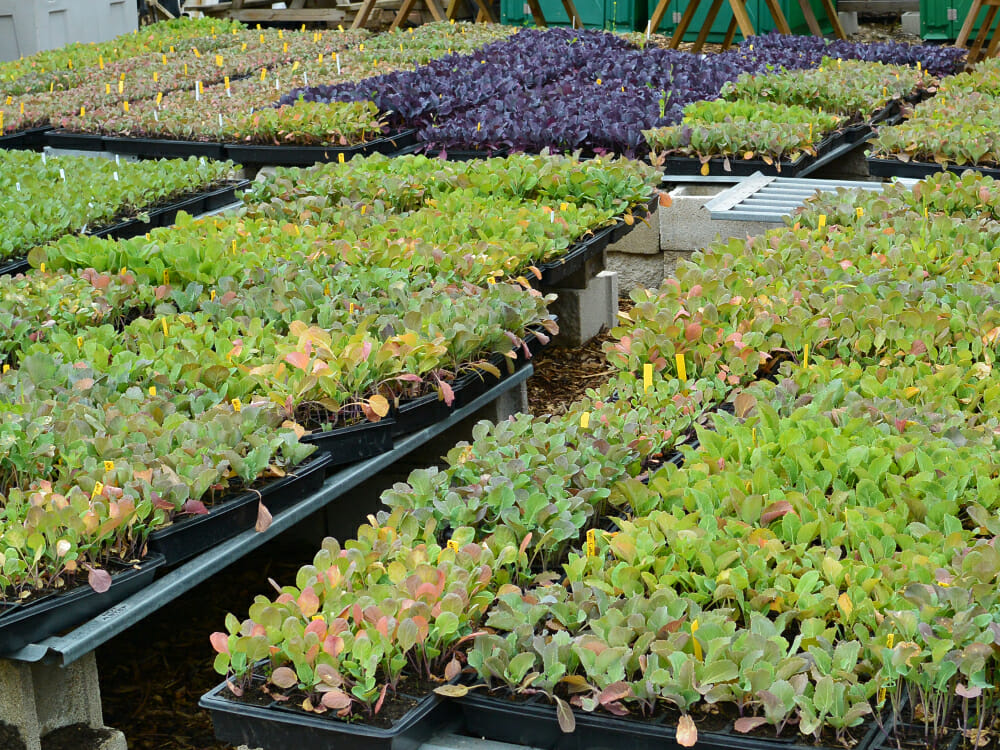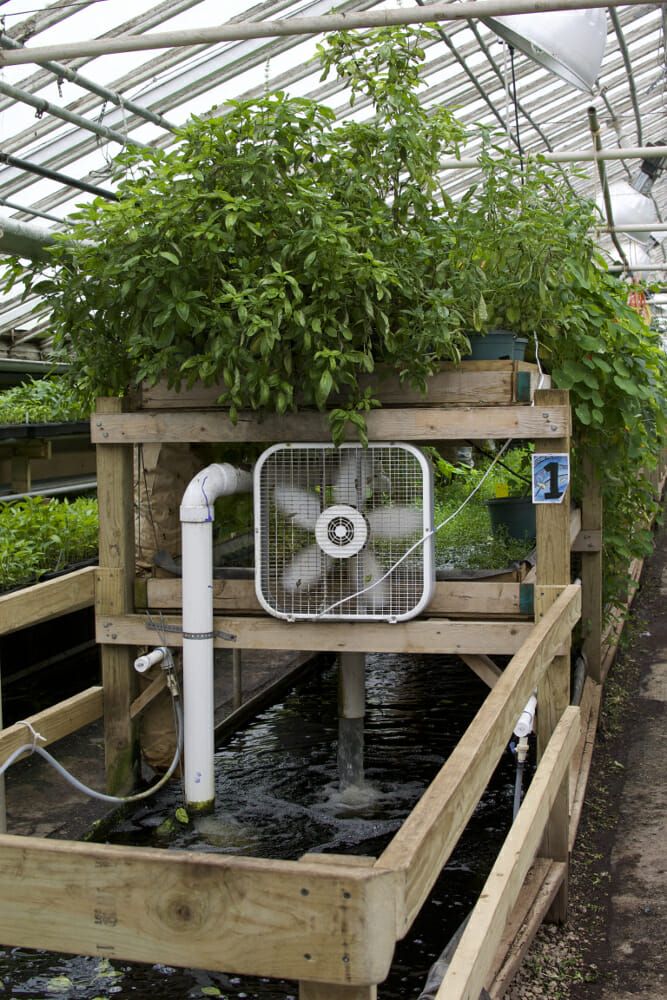We wanted to grow our own vegetables, but life in the US is very busy, nobody has much spare time, certainly not time enough to chat about their backyard operations or even if they have one ( very unlikely).
My local library has tons of books about gardening and veggie growing but it is really nice to actually go and see it being done, to talk to those folk who are already doing it for themselves. I picked up a book by some guy called Will Allen.
I had never heard of him, but I was interested in locally grown food and the alleviation of urban food deserts (areas without access to fresh fruit of vegetables) , so I gave it a read.
I liked the sound of him passionate about food and farming and youth education, a former basketball player, successful salesman going back to his family roots so to speak, and eventually returning to farming but this time in a a very urban environment. Turns out that his operation promotes tours of their urban farm, and it was only hour away from where I live.
Done deal. I had to check this out.

Will Allen speaking at Mother Earth News Fair 2015. Photo by Chris Kirby
Growing Power aims to make an integrated system where each thing is either an input or and output for something else. It is this synergistic linkage that gives them the efficiencies, low cost, density of planting that they are after.
The key to all growing is massive amounts of compost. They obtain the raw ingredients from companies that have plant waste products , like coffee grounds from trendy coffee shops, fruit and veg scraps from restaurants, fruit and veg past their date from supermarkets. Then they make their own compost from that.
Worm farming is also used in conjunction with composting and worm tea to provide sustenance for the plants.
Great mounds of compost. Photo by Chris Kirby
Micro-greens ( which are trays of tiny salad plants that are just a few days old that are densely nutritious for their size) which are sold to local restaurants and retailed from their own tiny onsite store. A vast quantity of salad crops which are usually a mixture of different types of lettuce are grown.
Plants growing up: Photo by Chris Kirby.
Mushroom farming in bags strung up all over the place. They mix up there own compost specially for mushrooms. Definitely something that I would like to try.
Vertical Mushrooms: Photo by Chris Kirby.
Thousands of Talapia fish are grown in hydroponic tanks which provide the nutrients for the plants to grow (in the form of waste products in the water). The water pumped up to the top level. Gravity then pulls the water through the plant trays ( feeding the plants, and the plants cleaning the water) and eventually winds its way back down to the fish tanks as clean water.
Hydroponic tank systems: Photo by Chris Kirby.
Hydroponic tank systems below: Photo by Chris Kirby
Growing Power is on a rather large scale. But it illustrates that systems are possible even in cold climates and it provided us with enthusiasm to start doing something.
See if you can find someone doing something similar near you, and get that spade out!
Read Will Allen’s Book The Good Food Revolution: Growing Healthy Food, People, and Communities from Amazon
If you are ever in Milwaukee look them up.
http://www.growingpower.org





